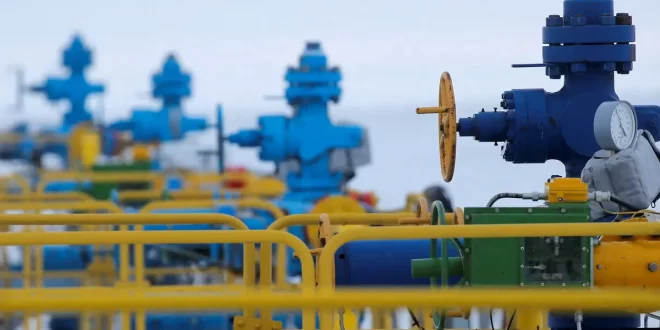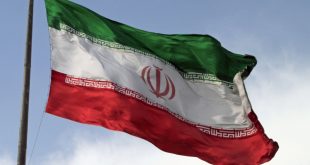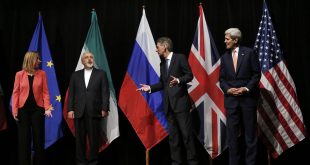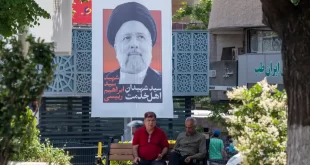While none of the dozens of deals between Iranian and Russian oil companies over the past decade have been implemented, Russia now intends to export gas to Iran.
It should be noted that due to European sanctions, Russia faced serious challenges in selling natural gas. Simultaneously, during the three-day visit of Iran’s Minister of Petroleum, Javad Owji, to Moscow this week to participate in the “Russian Energy Week” summit, Russian President Vladimir Putin, stated that “Tehran is in negotiations with Moscow to purchase gas.”
Previously, the agreement for Iran to purchase gas from Russia, along with several other agreements on developing oil and gas fields, constructing liquefied natural gas (LNG) plants, and investments in other energy sectors, was signed during the visit of a Gazprom delegation to Iran in July 2022.
While Iran proudly announced the signing of the “largest oil and gas agreements in the country’s history worth $40 billion,” Russia has not converted any of these memorandum of understandings (MoUs) into contracts and is now only negotiating the sale of gas to Iran.
About a decade ago, Iran also signed dozens of oil and gas MoUs with various Russian companies, none of which were executed.
Russia can potentially export 12 billion cubic meters (bcm) of gas annually to Iran via the Russia-Turkmenistan gas pipeline, which extends from the Turkmen Dowlatabad gas field on the border with Iran to Sarakhs-Khangiran.
Another older pipeline with an annual transfer capacity of 8 bcm/y of gas from Turkmenistan to Iran exists, but it is not connected to the Russia-Turkmenistan gas pipeline. However, Russia can use this pipeline to deliver additional gas to Turkmenistan and Iran can take Turkmen gas through swap.
Iran is currently facing a substantial gas shortage during the winter, and this gas can be used to offset domestic shortfalls and fulfill its gas export commitments to Iraq and Turkey.
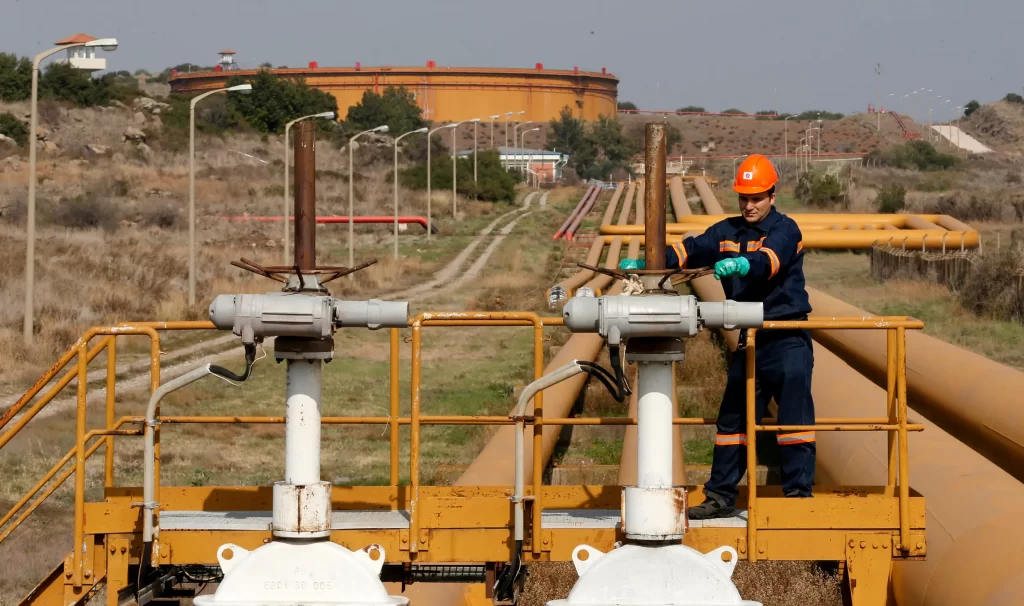
Iran’s dreams and Russia’s financial problems
Iran’s hope lies in investments from Russia’s Gazprom, despite the company’s official financial report indicating that its revenues in the first half of 2023 was only 296 billion rubles (approximately $3.1 billion), which is 8.4 times less than the same period last year. This figure also represents nearly one-third of the company’s gas sales income in the first halves of previous years before Russia’s invasion of Ukraine.
Furthermore, Gazprom’s debts have risen from 5 trillion rubles in July 2022 to 6 trillion rubles in July of this year, equivalent to $61 billion.
Additionally, Russia’s total income from oil and gas exports in the first half of this year has dropped by 47% compared to the same period last year, reaching just over $37 billion. In this context, Iran’s expectation for Gazprom or the Russian government to invest in the country’s oil and gas fields seems unusual.
Moreover, some of the MoUs signed between Gazprom and Iran in July last year relate to projects for which Russia lacks the required technology. These projects include the pressurization of the South Pars gas field, involving the construction and installation of 20,000-ton platforms and large compressors as well as LNG facilities. Russia’s own semi-finished LNG projects have been halted after foreign companies withdrew due to Western sanctions.
On the other hand, Iran is a potential rival for Russia in global oil and gas markets. Following Russia, Iran possesses the world’s second-largest gas reserves, and its oil reserves surpass Russia’s by as much as 30%.
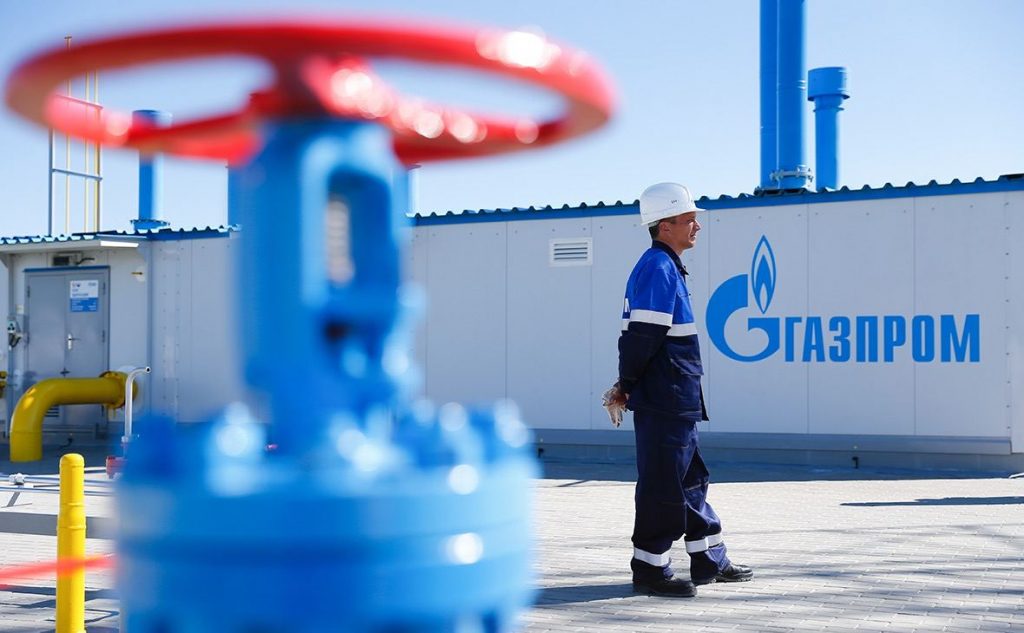
Imports of Petroleum Products
Iran, which has been facing gasoline and diesel shortages since the summer of last year, has begun importing these petroleum products from Russia since March 2023.
Iranian oil minister claimed on October 13 that the country has implemented the second phase of the Abadan refinery with a capacity of 210,000 barrels and operated the Isfahan refinery’s diesel unit with a daily capacity of 20 million liters over the past few months.
Despite this claim, the diesel purification unit at Isfahan refinery, operating since March 2023 is aimed to reduce sulfur content, not additional diesel production.
According to an Iranian Oil Ministry’s official report, obtained by Iran International, the country’s diesel production in April and May of this year not only did not show growth but it decreased by 1.2% compared to the same period last year, reaching 108 million liters per day.
On the other hand, contrary to Javad Owji’s claim, the data from the report shows that the government has set a daily crude oil refining target of 370,000 barrels for the Abadan refinery for the current year, which does not represent an increase compared to the previous year. The Abadan refinery, an ancient facility with over a century of history, is Iran’s largest crude oil refinery, which, the report says converts 47% of the received crude oil into highly polluting fuel oil and bitumen.
Iranian efforts to work with Russia on energy issues create a complicated situation that needs serious examination. The history of unfulfilled agreements between the two countries highlights the difficulties and ambiguities that such partnerships confront. Although the latest Russian announcement of gas deliveries to Iran is interesting, it is important to remember the previous difficulties with agreement implementation. The discrepancy between Iran’s fervent declarations and Russia’s hesitation to turn memoranda into contracts points to a persistent problem.
A workable solution to Iran’s acute gas deficit is the ability for Russia to transfer gas through already-existing pipelines. Iran’s present domestic gas scarcity is a serious issue that must be addressed, especially during the winter.
According to an another official report, prepared by Iran’s National Petrochemical Company, obtained by Iran International, the country’s petrochemical plants worked with 70% of their capacity during last year, due to shortage of natural gas.
To meet Iran’s energy demands and fulfill its international gas export responsibilities, it may be possible to obtain more gas from Russia, either directly or through gas swaps with Turkmenistan.
In conclusion, overcoming challenges and resolving unfulfilled commitments from the past is necessary to realize Iran’s aspirations for an energy partnership with Russia. Success depends on converting intentions into concrete agreements that are in line with Iran’s larger energy and economic objectives, including resolving gas shortages. Iran must carefully weigh the complications and unknowns associated with Russia’s energy cooperation.

